Robert Ballard Found the Titanic. Will He Find Amelia Earhart Next?
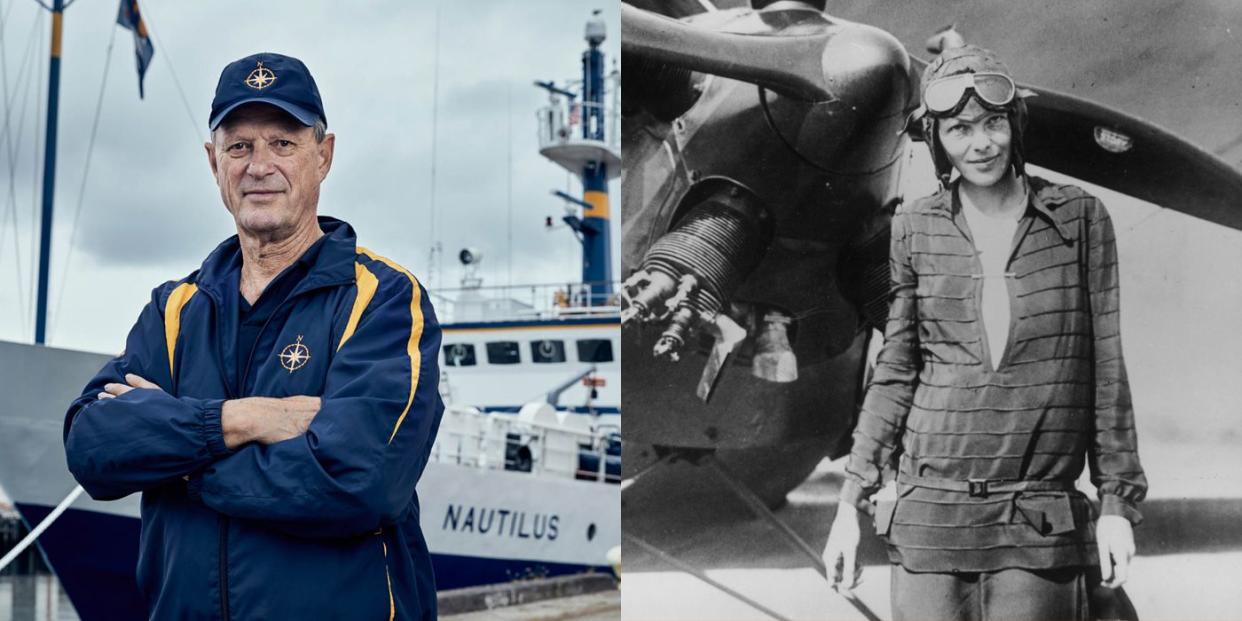
Robert Ballard sits behind the control desk of the E/V Nautilus, his 64-meter research ship. It’s just after sundown in early August and they’re docked near Nikumaroro, a tiny island in the South Pacific halfway between New Guinea and Hawaii. The crew just dropped down the robot ROV Hercules into the black ocean, where it will crawl along 1,000 feet below, transmitting back footage of the still sea floor.
Ballard leans back in his chair, watching the screen flicker shades of blue and black, as images of rocks and coral come into focus. He’s looking for something that doesn’t belong, something that looks out of place, anything that catches his eye. The smallest piece of debris could break open one of the greatest mysteries of our lifetime. It could belong to the plane Amelia Earhart was flying when she disappeared without a trace in 1937.
“This is just the way you do it,” Ballard says to the crew in the dark control room. “You pop some popcorn and you go to the movies. I think we’re going to binge this for a couple of weeks, what do you think?”
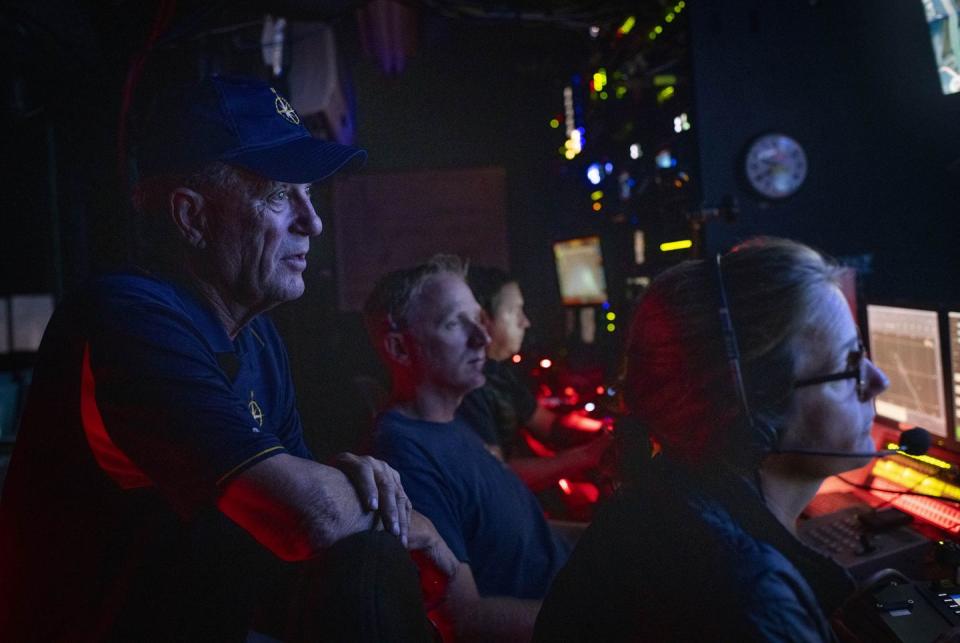
Ballard’s done this before. The 77-year-old deep-sea explorer has earned a reputation for finding the unfindable. In 1985, he discovered the Titanic. In 1989, he found the German Battleship Bismark. And in 2002, he identified the missing patrol boat PT-109 commanded by John F. Kennedy before he became president.
“This is tougher,” Ballard tells me of the Earhart mission. “Am I confident? Sure. Give me enough time, I'll get it. It does exist. It's not the Loch Ness monster or Bigfoot. There is a plane down there.”
In a special airing on National Geographic on Oct. 20, Expedition Amelia, we see phase one of the exploration. Ballard’s crew focused on the ocean search, and archaeologists and geologists scoured the land. There had been incredibly compelling clues leading them to the northwest side of Nikumaroro. Everyone was sure they’d find something—a speck debris or a sliver of the plane. They didn’t. The search came up utterly empty. But, for Ballard and his crew, the story is just beginning.
Earlier this year, Ballard and his team were awarded nearly $100 million by National Oceanic and Atmospheric Administration (NOAA) to explore an estimated 3 billion acres of U.S. ocean territory. It’s a 10-year mission to explore the largely unknown underwater land the country owns. After being awarded the grant, Ballard talked to Chris Weber, Senior Vice President of National Geographic Studios, to tell her this mission would take him right by Nikumaroro. Weber and Ballard, who’ve known each other for four decades, knew that this was it—their chance to do a proper search of the island.
Thanks to research done by the International Group for Historic Aircraft Recovery (TIGHAR), evidence has been mounting in recent years that Earhart crashed her plane near the four-and-a-half-mile-long island of Nikumaroro before making it to Howland Island, her intended final destination on that leg of the trip.
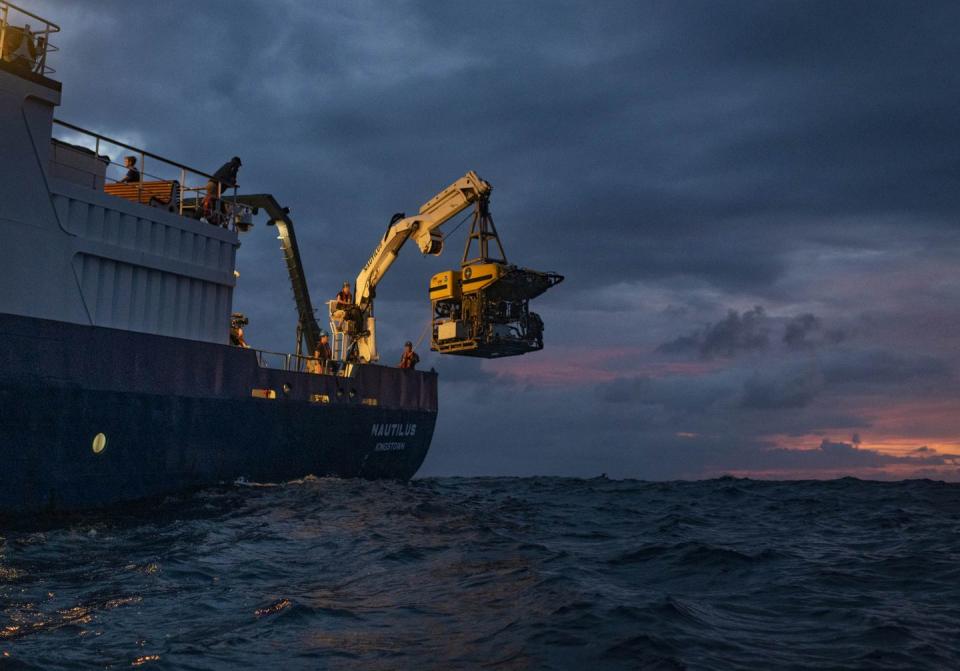
There was a grainy photo taken three months after Earhart disappeared which seemed to show a plane wheel emerging from the water. TIGHAR received the image decades later, and in 2012 it also unearthed on the island a jar of early 20th century freckle cream—a potion that reduced the appearance of freckles, which Earhart had and, according to the NatGeo doc, hated. There were the haunting reports of a woman crying out for help and seeming to share details about the island captured on radio waves that day. And a mysterious slab of aluminum which could’ve been a piece used to patch up a hole on Earhart’s plane. Plus, 13 mysterious human bones which seemed to belong to a woman. In all, TIGHAR had collected too much evidence to ignore. Nikumaroro had been searched before, but never with the level of rigor the NatGeo team brought those three weeks—and, most importantly, never a comprehensive deep-sea hunt like Ballard and his team were able to do thanks to their expertise and high-tech tools.
"I brought the idea back to the office and said, there's really only one person who can find this and that's Bob Ballard," Weber says. "Nobody is better at thinking outside of the box and knowing how to look for things that are in the deep sea and having the technology and the track record. I was thrilled. I said, this is our best chance ever."
In the NatGeo special, the recent expedition is intertwined with fascinating historical footage of Earhart, a feminist and pioneer ahead of her time. When the 39-year-old took off from Miami in her twin engine Lockheed Electra on June 1, 1937, her goal was to become the first woman to fly around the world. But on June 2, as she took off from New Guinea, making her way through cloudy skies, she sent a radio transmission reporting she was low on fuel. Then she disappeared. The Navy launched an extensive search, but on July 19 after scouring 250,000 miles of ocean, the search was called off with no evidence of Earhart or her plane. The official explanation was that she crashed into the water.
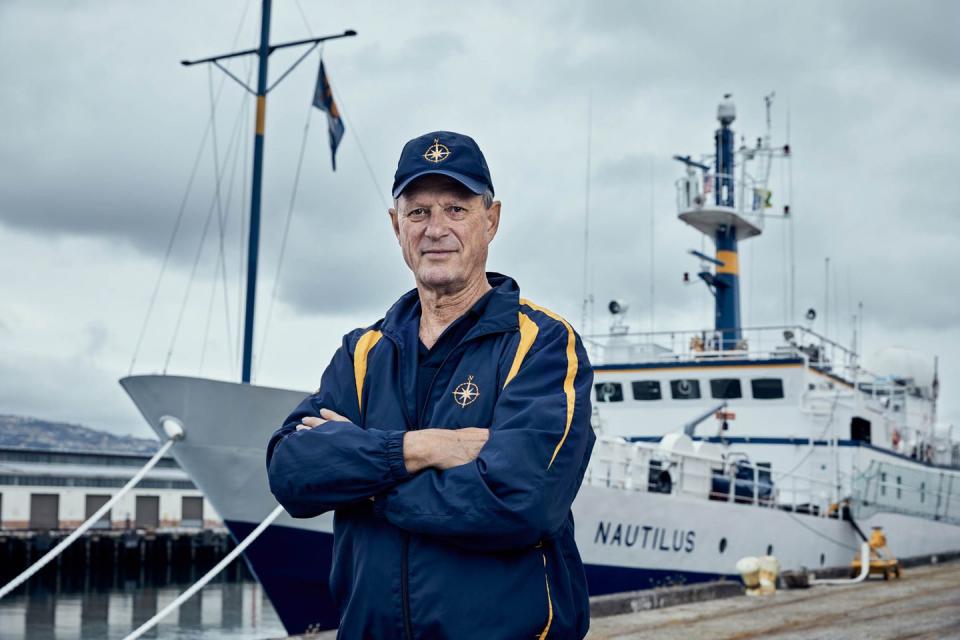
Over the years, there have been several theories about what happened. She was captured by the Japanese and died in their custody. She made it back to the U.S. and lived undercover as a New Jersey housewife. But the hypotheses with the most evidence suggest she got somewhat close to her intended target of Howland Island. On August 9, after 52 hours in transit, the E/V Nautilus research ship approached the narrow ring of land where the evidence suggests Earhart spent her final days.
“I was taken aback by my emotional response ... looking at this island that you believe she landed on and perished,” says Allison Fundis, Chief Operating Officer for the Ocean Exploration Trust. “This one is a very big deal for me. Personally, as a woman, Amelia Earhart has always been a very inspirational figure to me. I remember reading about her as a little girl. She was such a ground breaker and a pioneer.”
And Ballard grew up in Kansas, not far from where Earhart lived. “She was a rock star in my family,” he says. “I’ve always been attached to Amelia."
They had three weeks, but Ballard and Fundis were sure they’d find something right away. But they didn’t. As the Expedition Amelia shoot wrapped up on August 22, the crew had done 120 percent coverage of the northwest side of the island—they describe it like mowing a lawn, going back and forth, back and forth, until they’ve covered the entire area. Earhart wasn’t there.
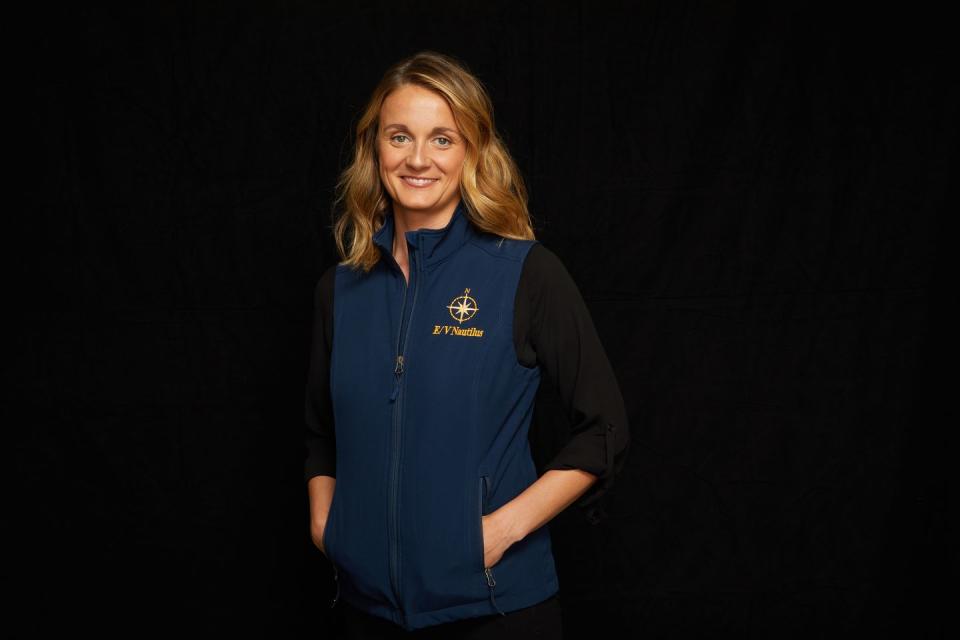
But Ballard and Fundis are just getting started. They’re awaiting testing done on sand from Nikumaroro which two different dogs positively confirmed contained remains. And they already have a plan to return in 2021 for an extensive search of the southeast side of Nikumaroro, which Ballard said would require another $1.5 million. And if that doesn’t turn up evidence, then they’ll investigate Howland Island, Earhart’s intended target. Howland has been explored a few times already, but Ballard and Fundis will be bringing along new technology able to search 5,000 meters, the average depth of the ocean surrounding Howland, which they’ve already started mapping.
But Ballard, Fundis and Weber all have a hunch a clue is waiting for them on the other side of Nikumaroro.
"Hey, it took four expeditions to find the Titanic. It took me two expeditions to find the Bismarck. These are not easy. I mean, do you really expect to have it just fall in your lap?” Ballard says. “It's a big ocean, but it'll be found. It's just when does the technology make it easy? Soon."
You Might Also Like

